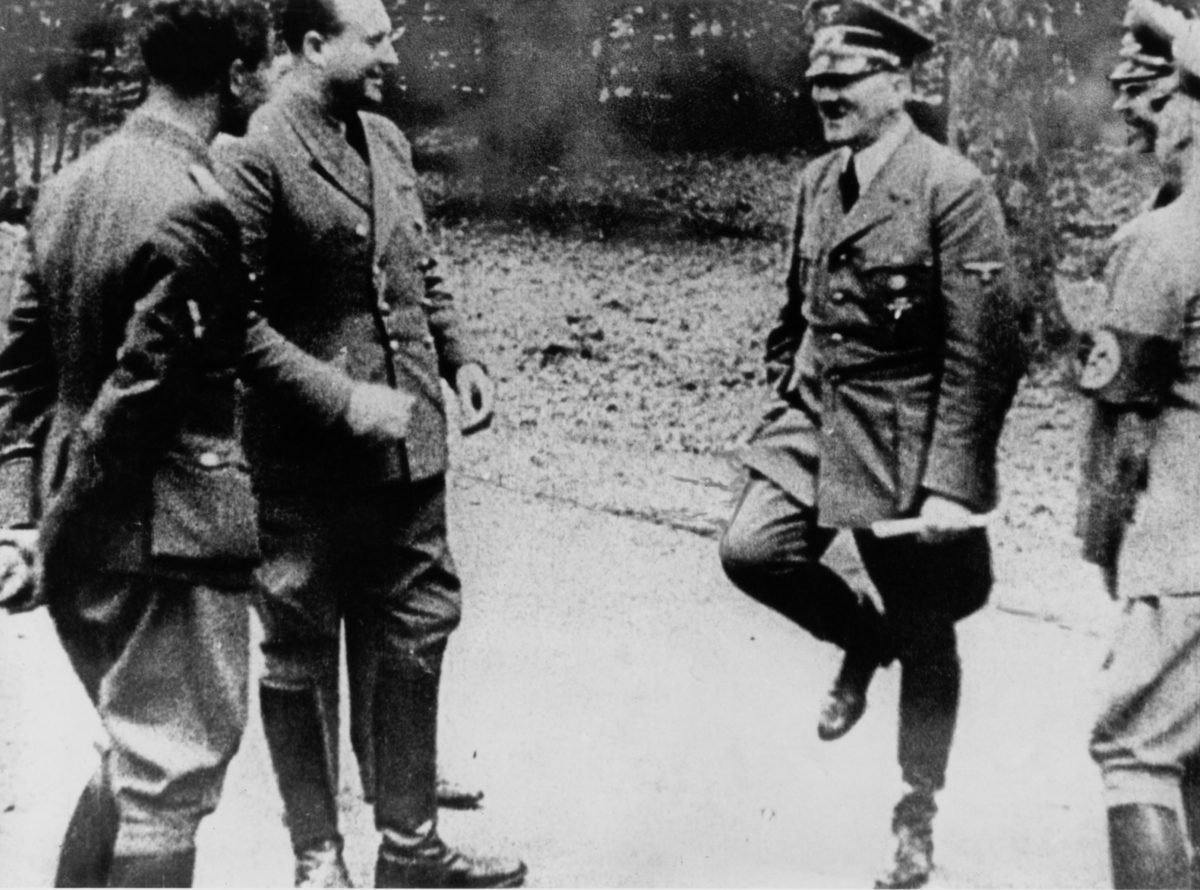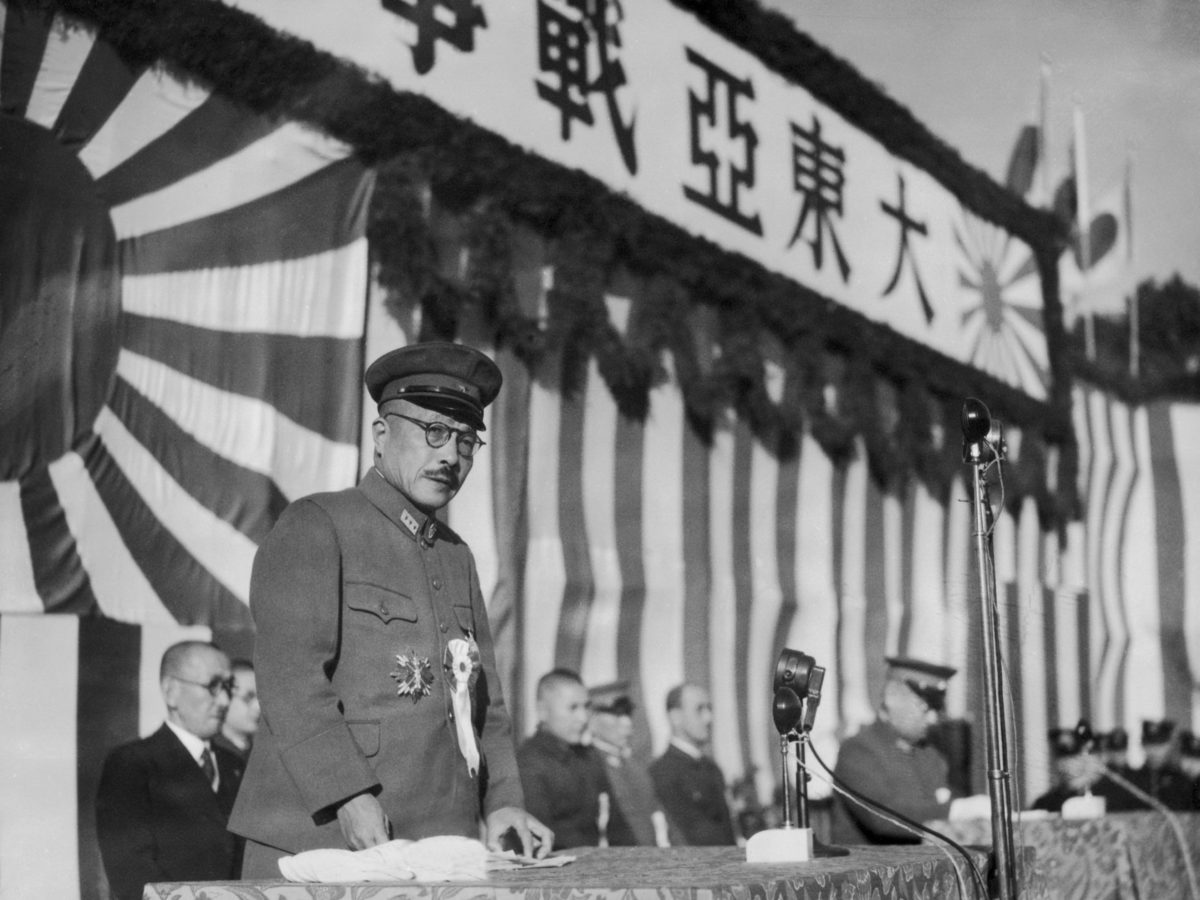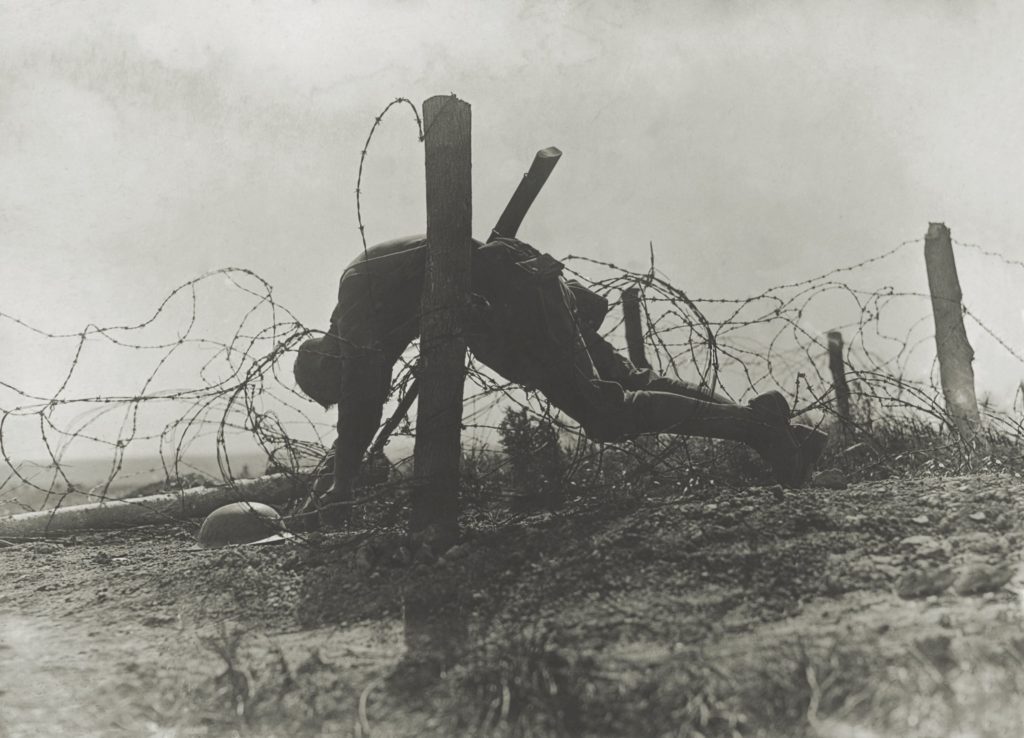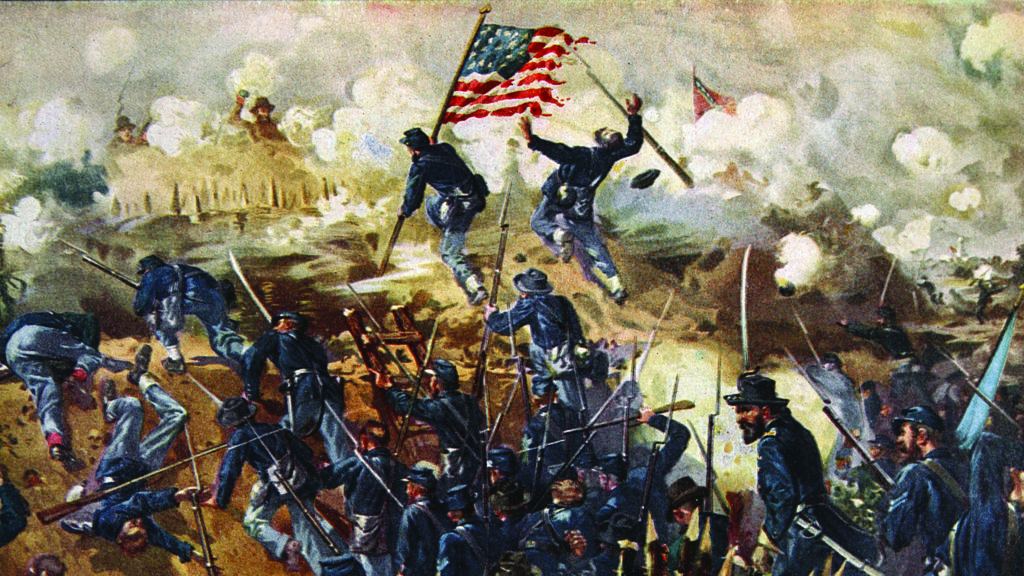The Battle of France began on May 10, 1940. It ended just six weeks later on June 25, when the French government capitulated to Nazi Germany after a disastrous, humiliating defeat. By that time, Belgium, the Netherlands, and tiny Luxembourg had also fallen to the Germans, leaving Adolf Hitler in complete mastery of Western Europe.
Recommended for you
Although shocking at the time, the fall of France has since come to be seen as the inevitable result of a supine French high command and a French republic demoralized by the political infighting of the 1930s. The famed French historian Marc Bloch, who served as a reserve officer in 1940, summed up the debacle in the title of his war memoir: Strange Defeat.
But as Harvard professor Ernest R. May persuasively argued not long ago, the events of May–June 1940 might better be summarized by the title Strange Victory. Although conceding that German air and armored doctrine was better than that of the Allies, he noted that the Allies actually had more aircraft, more and heavier tanks, and more infantry than did their adversary. Far from defeatist, Maurice Gamelin, the French commander in chief, greeted the May offensive with an almost jaunty confidence, while many of Hitler’s senior field marshals feared the worst. As for the notion of some national French malaise, May considers it the worst kind of hindsight. At the time, the French were quite willing to fight (and during the battle France lost 240,000 dead to prove it), whereas international observers in Berlin—and Hitler’s own Gestapo— noted that most Germans greeted the outbreak of war with disquiet.
Key to the German triumph was a fateful decision to thrust into France in a go for-broke armored offensive through Belgium’s Ardennes forest, followed by an audacious crossing of the Meuse River near the French border town of Sedan. The French troops defending this region were second-rate, outnumbered, and outclassed. The best Allied divisions—as the Germans anticipated—had responded to the German offensive by driving rap idly into Belgium, hoping to establish a strong defensive line east of Brussels, and sending their very best mechanized forces on a lightning run toward Breda in the Netherlands. The Allies adopted this strategy, known as Plan D, because they felt certain the main German thrust would come there—across the Belgian plain—as had been the case in 1914.
It took the Allied high command four fateful days to discover their error, and by then it was too late. German armored columns slashed their way to the English Channel; by May 21 the best Allied troops were hopelessly cut off in Belgium. A few hundred thousand would escape in the famous Dunkirk evacuation; the rest would perish or sit out the war in German POW camps.
This “strange defeat” destroyed France as a great power and left Great Britain to face Germany alone for the next year, until Hitler launched his massive attack on the Soviet Union. Yet it requires only a minimal rewrite of history to convert defeat into respectable defense, even out right victory. Until January 1940, Case Yellow, the German operational plan for a western offensive, contemplated a primary attack against Belgium and Holland. The objective was not to defeat France in a bold stroke, but to establish forward airfields for what would presumably be a protracted war against Britain and France. In other words, the German high command proposed to do exactly what the Allies expected.
Everything changed because on the evening of January 9, one Luftwaffe major named Helmuth Reinberger accepted a generous offer made by another, Erich Hoenmanns. Reinberger’s assignment was to convey details of the most recent revision of the German plan to 1st Air Corps headquarters in Cologne. He planned to go by train, but Hoenmanns said he would be delighted to fly Reinberger in his Messerschmitt Me 108 Taifun, an advanced four-seat touring aircraft. During the next-morning flight the Taifun’s Argus V-8 engine developed mechanical trouble, and Hoenmanns decided to make an emergency landing. A heavy mist obscured the terrain, but Hoenmanns descended until he could make out the broad ribbon of the Rhine River and landed safely on what he sup posed was German soil.
He was disastrously mistaken. The broad ribbon turned out to be the Meuse River, and the Taifun was on Belgian soil, near the town of Mechelen. Belgian soldiers quickly appeared to investigate. Reinberger desperately tried to burn the plans entrusted to him, but the Belgians captured most of the documents intact. Belgian intelligence soon confirmed that they were genuine. The conservative version of Case Yellow had to be scrapped. But for the incident near Mechelen, it is almost certainly the plan that would have been implemented.
Such an offensive would have run into the best Allied divisions, which had more tanks than the Germans. They were better tanks too, with larger main guns and heavier armor. Two tank battles that did occur in May 1940 (Hainaut, Belgium, and Arras, France) suggest that the Germans would have suffered heavier losses than the Allies. The likely result for the Germans would have been, at worst, an outright defeat and, at best, an offensive that achieved its limited objective but at such heavy cost as to preclude a follow up offensive into France.
GET HISTORY’S GREATEST TALES—RIGHT IN YOUR INBOX
Subscribe to our HistoryNet Now! newsletter for the best of the past, delivered every Monday and Thursday.
Either way, the French Third Republic would have survived intact. A quick col lapse of Nazi Germany would have been the likely sequel to German defeat, and even a successful initial German occupation of Belgium and the Netherlands would have left Germany facing a strategically tenuous situation. First, the French army, the British Expeditionary Force, and surviving Belgian (and perhaps Dutch) forces would have tied down most German forces in a replay of the 1914–1918 western front. Second, German submarine bases would have been confined to the Norwegian fjords; without access to the French ports, their ability to depredate Atlantic shipping would have been greatly curtailed.
Third, Italy—which, in direct response to the unexpected German success, leapt into the war on June 10, 1940—would likely have continued its neutrality. Fourth, both the French and British armed forces would have grown stronger over time (especially the French air force, which had excellent aircraft but was caught in the middle of an organizational transition at the time of the German attack). Finally, an invasion of the Soviet Union would have been out of the question for Germany, and Stalin almost certainly would eventually have ignored the August 1939 German–Soviet Treaty of Non-Aggression—just as Hitler eventually did—and attacked Nazi Germany.
Had France held, it is difficult to imagine any subsequent scenario sufficiently plausible to restore the trajectory of events back toward an early French defeat: if France did not fall in 1940, it quite likely would not have fallen at all. And Germany would have suffered an early defeat, perhaps in 1940, certainly no later than 1942. A sputtering Argus V-8 engine may well have been the unlikely pivot on which the whole history of the Second World War turned.









